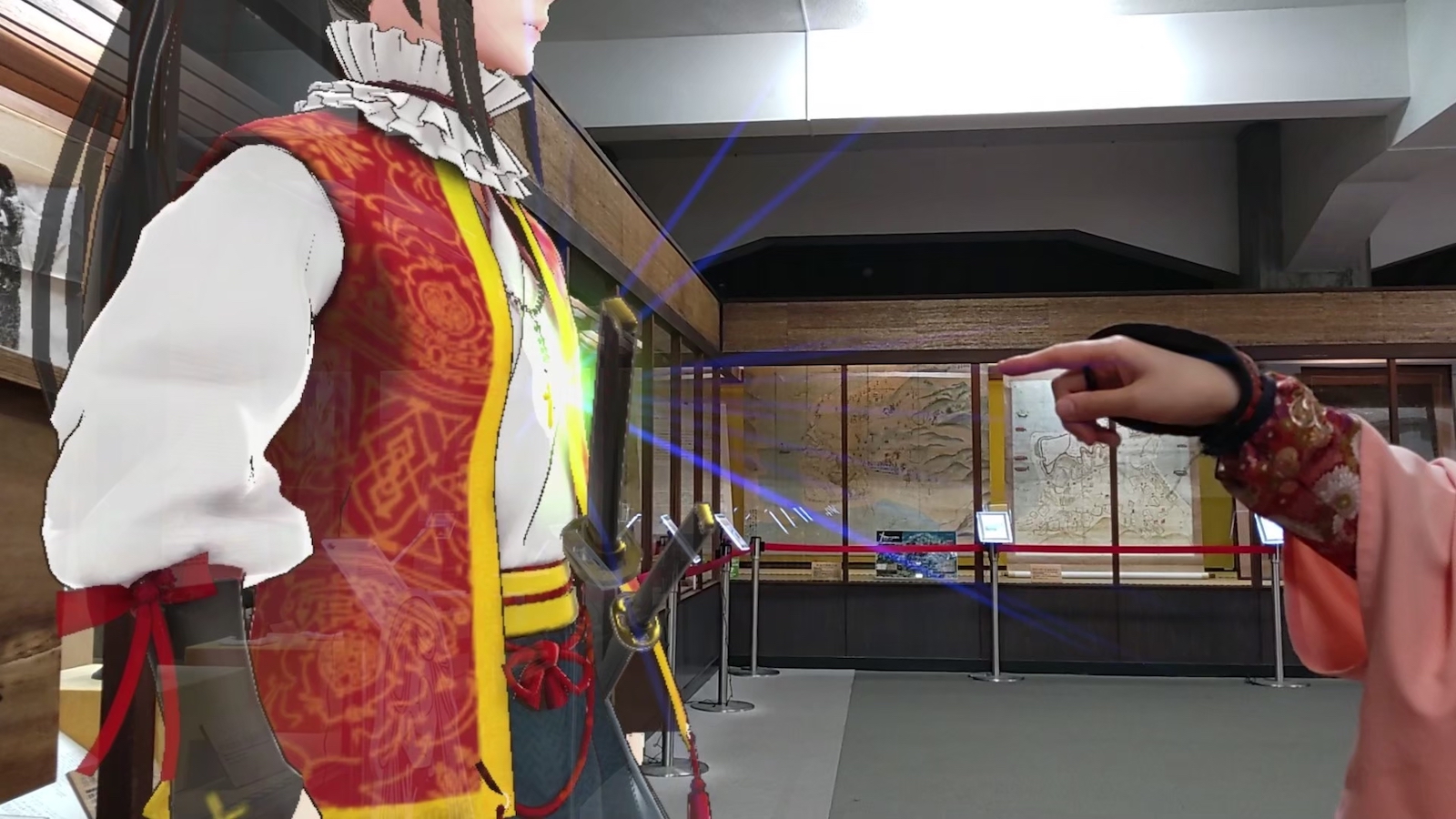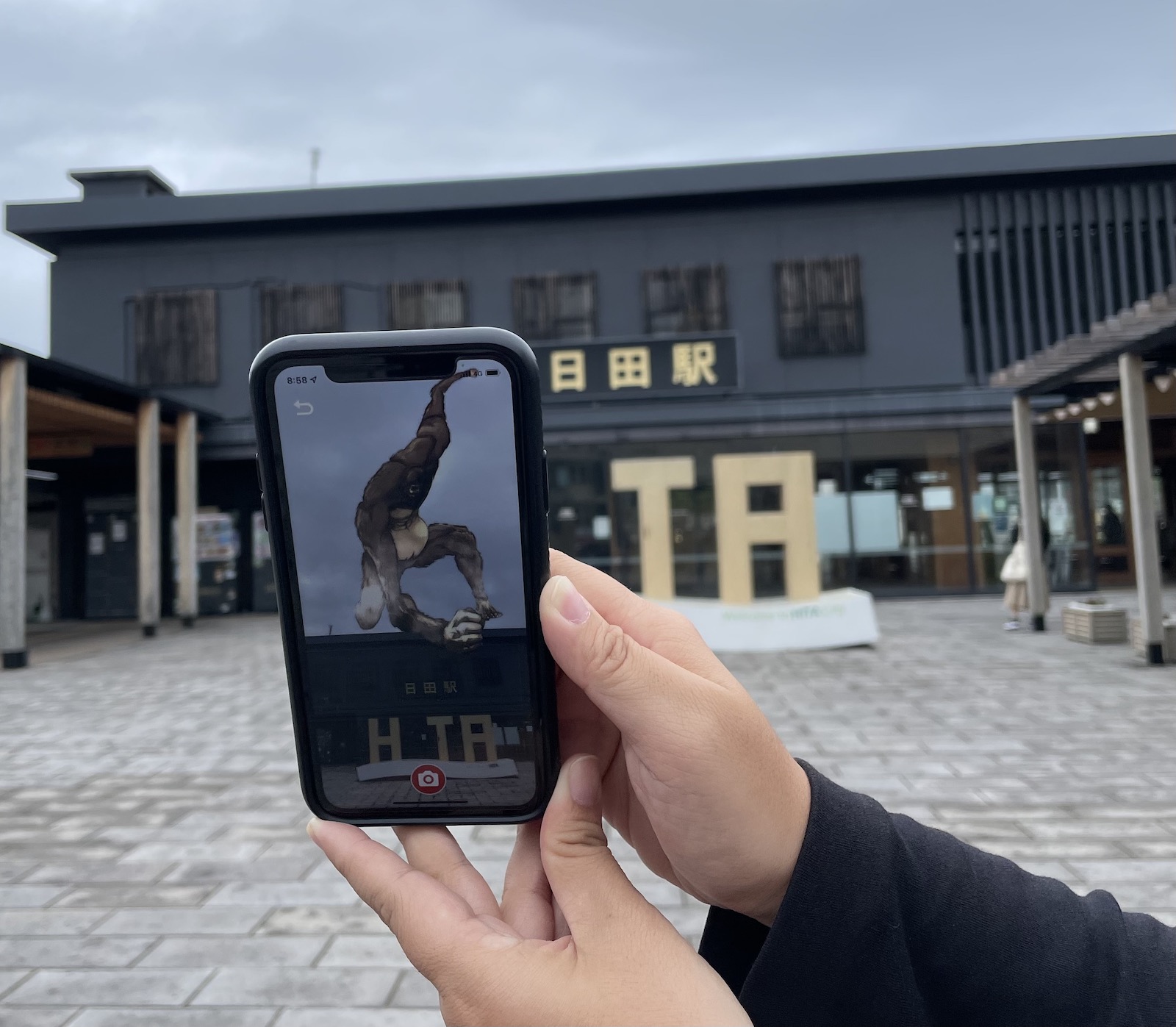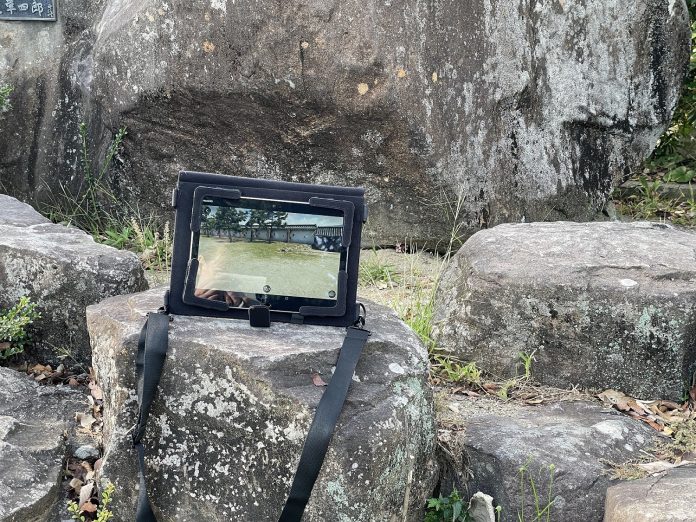International tourists to Japan can expect greater incorporation of technology at attractions as destinations step up to offer more immersive and enticing experiences.
Virtual reality (VR), which was used by tour providers and other travel companies during the COVID-19 pandemic so house-bound people worldwide could enjoy a glimpse of other places, is now being increasingly adopted for “in-person” tourism.
The global virtual reality tourism market was worth $5 billion in 2021 and is expected to reach $24 billion by 2027, according to data from Statista. And research firm Global Market Estimates predicts the market for augmented reality (AR) will grow to $4 trillion by 2030 thanks to the ability of this technology to “superimpose virtual objects onto reality using a smartphone or tablet, as well as provide real-time information.”
In Japan, the adoption of fifth generation (5G) wireless technology, strong government support and an increased range of applications for VR/AR technologies, allows for the adoption of VR and AR in “an increasingly wide range of industries including tourism in the coming years,” according to report by the Japan External Trade Organization. One of the early adopters of VR and AR is Kyushu.
Hara Castle’s former glory is shown when visitors hold their VR-supported tablets over the ruins. Photo: Kathryn Wortley
At Hara Castle in Minami-Shimabara City, Nagasaki Prefecture, very little of the fortification remains, yet it is a UNESCO World Heritage Site. The castle was the location of the Shimabara Rebellion, the largest civil conflict during the Edo period (1603–1867) that resulted in the eventual expulsion of the Portuguese from Japan, and is a recognized site of Hidden Christians in the region.
With such an incredible history, it was thought VR could be a way to bring the site to life, according to a spokesperson of the city’s tourism association.
Visitors can roam the site with a tablet that, when held over the ruins, shows images of what the original castle is believed to have looked like along with text to describe what happened there.
“It really brings the history and the terrain into a clearer perspective,” said Shannon Lefebvre, a representative of Tour Nagasaki whose clients have tried the experience. “Educated and experienced travellers,” in particular, he added, are likely to find this technology beneficial to “enhance the subject matter.”

The character that users can see and hear via AR at Shimabara Castle Photo: Courtesy of Shimabara Castle
At Shimabara Castle, in the neighboring city of the same name, AR headsets allow visitors to see a selection of individual exhibits that appear to float in the air. It is even possible to manipulate them, such as turning them around or enlarging them for a better view.
Alongside their use as an educational medium, VR and AR are also being adopted to showcase Japan’s modern culture and inject more fun into travel experiences.

Characters from manga “Attack on Titan” appear via AR app at Hita Station. Photo: Kathryn Wortley
At Hita, Oita Prefecture, tourism stakeholders have created an app based on “Attack on Titan,” a manga created by locally born, globally renowned artist Hajime Isayama. Launched in 2020 to the domestic market, the app allows users to superimpose themselves into famous locations from the story such as Oyama Dam.
“Visitors from across Japan have given us great feedback on the app and we’re excited that inbound tourists can now enjoy this new kind of experience in Hita for the first time,” said a spokesperson of Hita City Tourism Association.

Jurassic Island participants use an AR panel and rifle set to shoot carnivorous dinosaurs. Photo: Kathryn Wortley
Japan’s largest theme park, Huis Ten Bosch, Nagasaki Prefecture, has also been banking on the rise of AR and VR. After acquiring an uninhabited island in Omura Bay, off the coast of its Sasebo base, the operating company opened Jurassic Island in 2018. The attraction involves using an AR panel and rifle set to shoot carnivorous dinosaurs and avoid the herbivorous ones while collecting a target number of jewels. The AR scope changes color to indicate which dinosaur to shoot and displays the user’s health level in the game in real-time.
Building on Jurassic Island’s success, Huis Ten Bosch has since launched a range of high-tech rides including Dragon World Tour, which combines VR and a merry-go-round, and VR-King, which claims to be the fastest VR rollercoaster in the world.
With the tourism industry seeking out increasingly immersive and exciting attractions using these technologies, further disruption can be expected in the not so distant future.
According to a 2021 white paper released by the Japan Tourism Agency, “if research and development of technology that reproduces force and skin sensations progresses, there is a possibility that tourism content that allows people to experience snowy mountains and craters that are normally inaccessible to humans will be realized.”
Such a development would involve the user not only using a screen or wearing a headset, but also donning a special suit—another possible revolution for the travel industry in Japan.
© Japan Today













